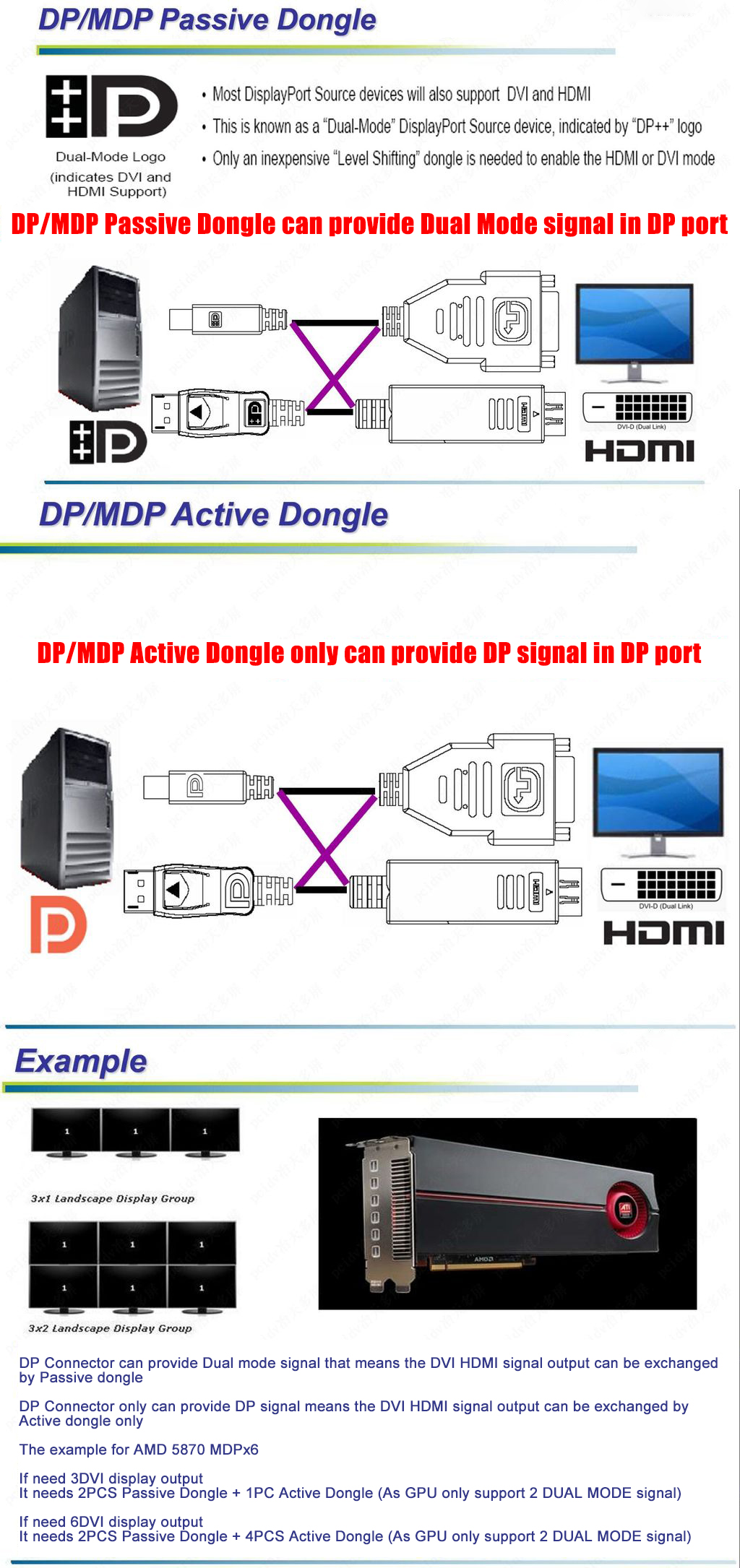
What is USB Type-C™ ?


USB Type-C™ is the new USB plug and port connection developed by the USB Implementers’ Forum (USB-IF) which is the governing body for USB technology. It seeks to replace the USB Type-A and USB Type-B found on most computing devices with a versatile, smaller, and reversible connection.
The underlying technology of this new connection is designed to support faster data transfer rates (up to 20Gbps), more charging power (up to 100W), and video / audio capability through alternate mode. USB Type-C can support alternate display protocols such as DisplayPort™, Thunderbolt™ 3, and MHL™.
Devices that will support USB Type-C range from notebooks and smartphones to external Hard Drives and audio equipment. The shift in technology is in part motivated by the preference for devices to be more compact yet more capable then they have previously been, a capability not easily achieved with a technology that is over 16 years old.

DP/MDP Passive and Active Dongle


DP/MDP Passive Dongle can provide Dual Mode signal in DP port
DP/MDP Active Dongle only can provide DP signal in DP port
DP Connector can provide Dual mode signal that means the DVI
HDMI signal output can be exchanged by Passive dongle
DP Connector only can provide DP signal means the DVI HDMI
signal output can be exchanged by Active dongle only
The example for AMD 5870 MDPx6
If need 3DVI display output
It needs 2PCS Passive Dongle + 1PC Active Dongle (As GPU only
support 2 DUAL MODE signal)
If need 6DVI display output
It needs 2PCS Passive Dongle + 4PCS Active Dongle (As GPU only
support 2 DUAL MODE signal)



What does “UHD” mean? What is the difference between “UHD” and “FHD”?



